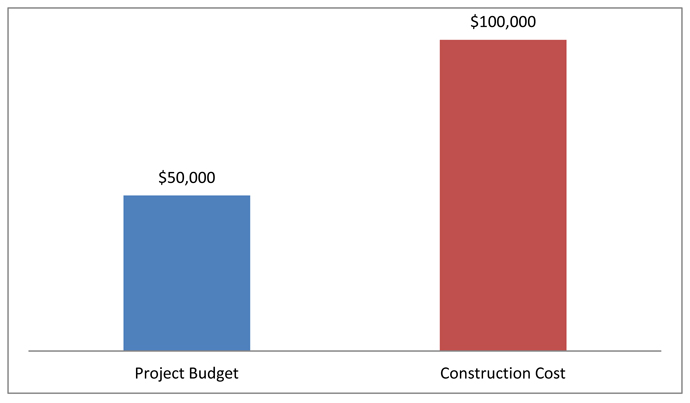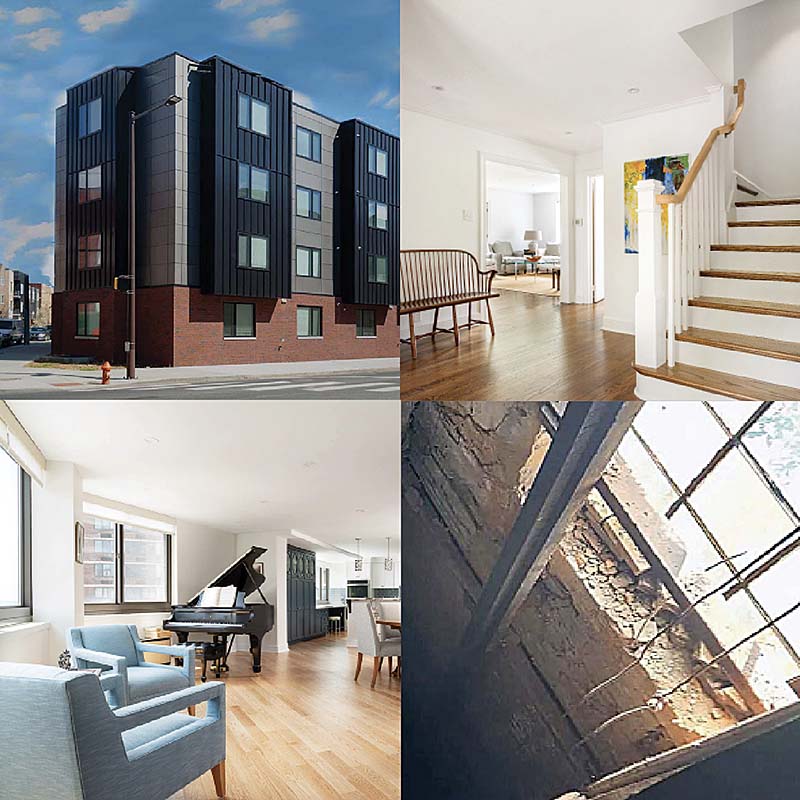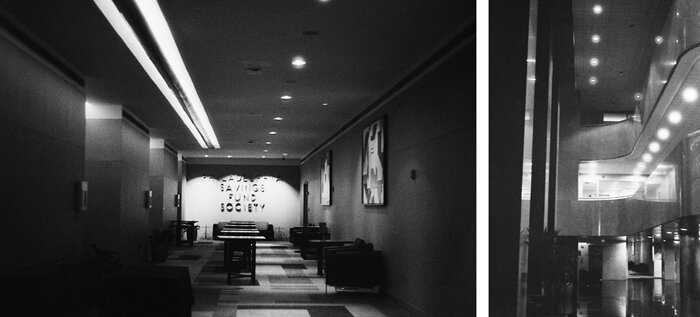Sometimes, things don’t turn out the way you want them to. Imagine the following scenario: You dream about your project for years. You cut pictures out of magazines, you save photos on Pinterest and Houzz. You even try doing some sketches. Then you call an architect.
After a few rounds of meetings, you and your architect come to a design you love. It has your dream kitchen, that handmade tile you found, and three bathrooms. Lots of built-in cabinets, ample sunlight from the huge windows. Then you send the drawings to a few contractors to get bids.
Ouch. Those numbers are way too high. Now what do we do? It’s time for value engineering.

“Value engineering” is the name for the process where you take out parts of the project until it’s affordable. So, what can you live without? Do you take out a bathroom? Do you give up on the nice appliances in the kitchen? Depending on how over-budget you are, you may find yourself stripping the design down to its bare bones.
Believe me, it’s hurting your architect almost as much as it’s hurting you. But it doesn’t have to be like this.
Something important is missing from the scenario above–budgeting. At the earliest possible moment, you should be discussing your budget with the architect. In fact, the architect is likely to ask you about the budget before agreeing to take on the project. An architect has the experience to know whether your project expectations and budget expectations are roughly in line with each other. That way, you don’t spend time designing a project you can’t afford, and–more importantly–you don’t get emotionally invested in a dream that’s not destined to come true.
One of the greatest skills an architect brings to the table is the ability to take your budget and make it into something that will improve your life. It may not have all the individual features you have on your list–that may just not be possible. But it will make a difference. If you go into the design process with a realistic view of what you can afford, then you can design the best project possible.
Think of it like this: which sounds better–designing the best $50,000 renovation you can, or designing a $100,000 renovation and then stripping out $50,000 worth of stuff to bring it back to the budget? I vote for the first.
Of course, you may not know yet what your budget is, and your architect will certainly not be able to predict with extreme accuracy what the construction prices will be. But here are two things you can do to help:
- Talk with your banker early.
- Find a contractor as soon as possible.
Let’s take a look at these in more detail.
Banks loan money for construction projects based on two main factors. First, your financial situation. How much debt do you have? What is your current home worth? Is there any equity there? Second, they look at property values in your neighborhood. The bank doesn’t want to own the most expensive house on your block. So, if you live in a neighborhood of $300,000 homes, don’t expect the bank to loan you $600,000 to build your dream house.
When it comes to contractors, the traditional way of doing things is called design-bid-build. In this process, you complete the design, request bids from contractors, then pick one and build the project. This process allows you to have the contractors bid against each other, supposedly getting you the best price possible. This system has its merits, but it also keeps the contractor uninvolved during design. I use a more integrated approach, where a preferred contractor is brought in early to help control costs from the beginning. If the contractor can get a look at the design early in the process, he or she will be able to offer suggestions that may save cost without butchering the design.
Both of these professionals–the bankers and the contractors–offer skills and expertise that clients and architects don’t have. They are an important piece of the puzzle. A successful project doesn’t rely on what the client assumes the bank will lend, or what the architect assumes the contractor will charge. By having as much knowledge as possible, the value engineering process can be largely avoided, and both you and your architect will be much happier with the result.








